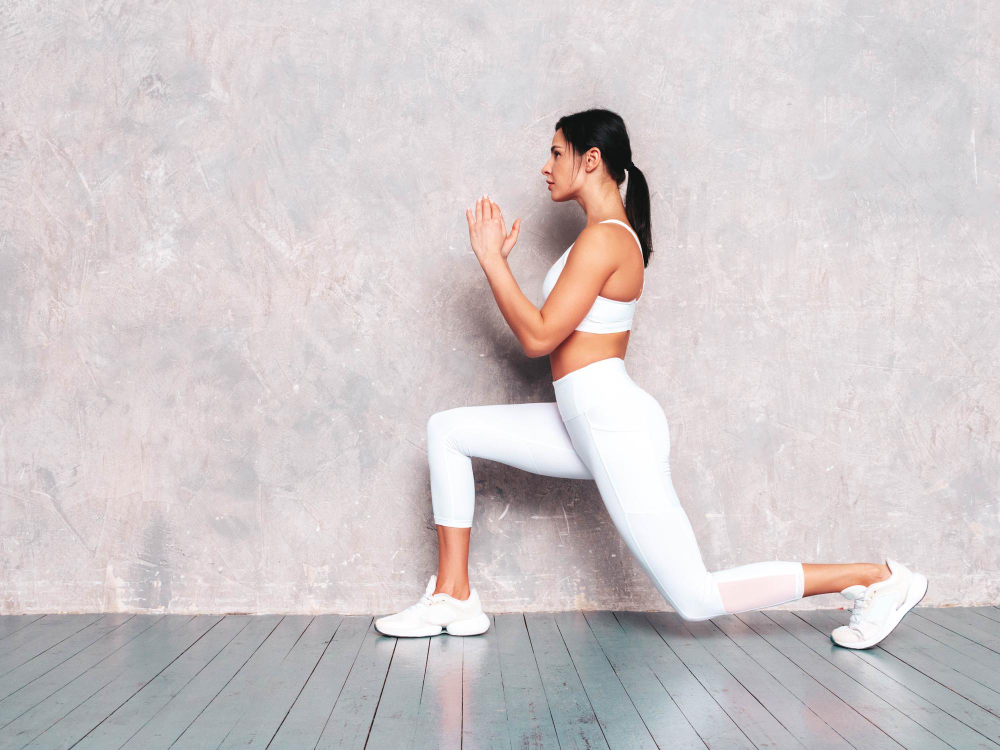Calisthenics, often referred to as bodyweight training, is a form of exercise that utilizes the weight of your own body to build strength, endurance, and flexibility. Unlike traditional weightlifting, which requires equipment like dumbbells or barbells, calisthenics relies solely on movements that use your body as resistance. This makes it accessible to everyone, regardless of age, fitness level, or financial constraints. In this article, we will delve into the fundamental calisthenics exercises that are perfect for beginners looking to build a strong foundation in bodyweight fitness.
The Importance of Mastering the Basics
Before diving into more advanced calisthenics exercises, it’s crucial to master the basics. These foundational exercises not only build strength but also improve stability, mobility, and body awareness. By mastering these basics, beginners can lay the groundwork for more challenging workouts and reduce the risk of injury. Additionally, these exercises form the building blocks for many advanced calisthenics movements, making them essential for long-term progress.
Essential Calisthenics Exercises for Beginners
1. Push-Ups
Push-ups are perhaps the most well-known calisthenics exercise and an excellent way to strengthen the chest, shoulders, and triceps. To perform a push-up, start in a plank position with your hands slightly wider than shoulder-width apart. Lower your body until your chest nearly touches the ground, then push back up to the starting position. Keep your core engaged and maintain a straight line from head to heels throughout the movement.
2. Bodyweight Squats
Bodyweight squats target the muscles of the lower body, including the quadriceps, hamstrings, and glutes. Begin by standing with your feet shoulder-width apart and your arms extended in front of you or crossed over your chest. Lower your body by bending your knees and pushing your hips back as if sitting into an imaginary chair. Keep your chest up and your weight on your heels. Once your thighs are parallel to the ground, push through your heels to return to the starting position.
3. Pull-Ups (or Inverted Rows for Beginners)
Pull-ups are an excellent exercise for developing upper body strength, particularly in the back and biceps. However, they can be challenging for beginners. An alternative for those unable to perform pull-ups is inverted rows, which target the same muscles using a horizontal pulling motion. To perform inverted rows, set up a bar at waist height and lie underneath it with your heels on the ground and your body in a straight line. Grab the bar with an overhand grip, keeping your hands shoulder-width apart. Pull your chest towards the bar, squeezing your shoulder blades together, then slowly lower yourself back down.
4. Planks
Planks are a simple yet effective exercise for building core strength and stability. Begin in a push-up position with your hands directly under your shoulders and your body in a straight line from head to heels. Engage your core muscles and hold this position for as long as possible while maintaining proper form. Avoid letting your hips sag or hiking them up towards the ceiling.
5. Lunges
Lunges target the muscles of the legs, including the quadriceps, hamstrings, and glutes, while also improving balance and coordination. Start by standing with your feet together and your hands on your hips. Take a large step forward with one foot and lower your body until both knees are bent at a 90-degree angle, with your front thigh parallel to the ground. Push through your front heel to return to the starting position, then repeat on the opposite side.
6. Dips
Dips are an excellent exercise for targeting the triceps, chest, and shoulders. To perform dips, find a set of parallel bars or two sturdy surfaces of equal height. Grip the bars with your palms facing inward and your arms fully extended. Lower your body by bending your elbows until your upper arms are parallel to the ground, then push through your palms to return to the starting position.
Tips for Success
- Focus on Form: Proper form is essential to maximize the effectiveness of calisthenics exercises and prevent injury. Pay attention to your body positioning and movement patterns, and don’t sacrifice form for the sake of completing more repetitions.
- Progress Gradually: As you become more comfortable with the basic exercises, gradually increase the intensity by adding more repetitions, changing the tempo, or exploring variations and progressions.
- Listen to Your Body: It’s important to listen to your body and respect its limits. If you experience pain or discomfort during an exercise, stop immediately and reassess your form. Consult a fitness professional if you’re unsure about proper technique or if you have any underlying health concerns.
- Stay Consistent: Consistency is key to seeing progress in calisthenics. Aim to incorporate these exercises into your regular workout routine and commit to making gradual improvements over time.
Conclusion
Mastering the basics of calisthenics is an essential step for beginners looking to build strength, endurance, and overall fitness. By incorporating fundamental exercises like push-ups, squats, and planks into your routine, you can lay a solid foundation for more advanced workouts. Remember to focus on proper form, progress gradually, and listen to your body to ensure safe and effective training. With dedication and consistency, you’ll be well on your way to achieving your fitness goals through calisthenics.


